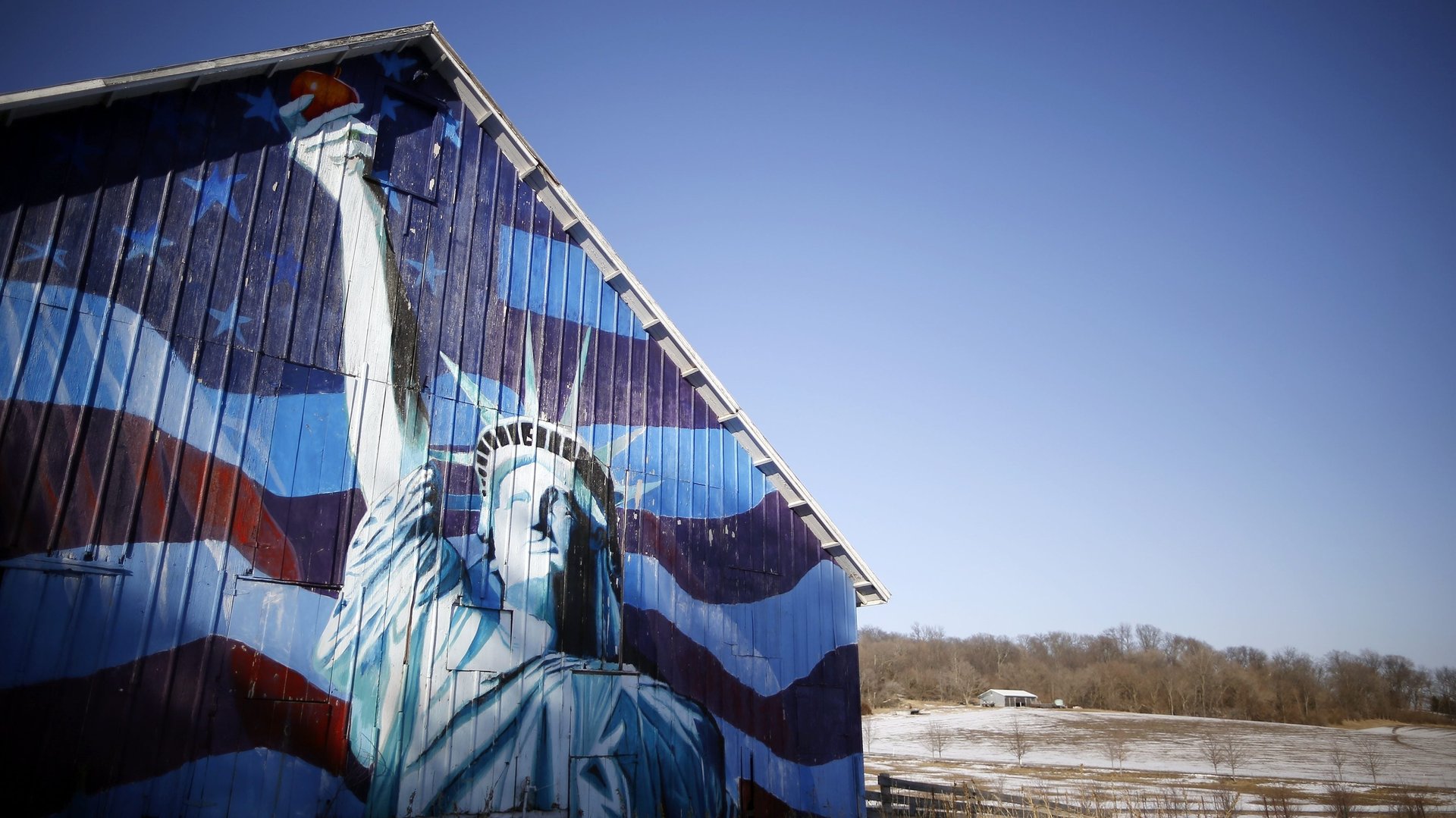The most popular US “golden visa” has had a makeover
There are two ways to get the EB-5 visa—the so-called golden visa that can secure US residency in exchange for investing at least $500,000 in American firms and jobs.


There are two ways to get the EB-5 visa—the so-called golden visa that can secure US residency in exchange for investing at least $500,000 in American firms and jobs.
Investors can set up a company, and employ at least 10 people. But the more popular way, which accounts for nearly all EB-5 applications, is to invest in state-approved regional centers. The latter route lapsed in June 2021, leaving potential applicants in limbo.
The direct investment route remained open, but it was less appealing. If the business fails or doesn’t meet the job creation requirements, the investor will be denied a green card. Investing in state approved regional centers is far less of a headache, with more malleable rules around job creation and operations.
On March 11, Congress voted to revive the regional center program for at least five years, but with a higher price tag.
Why investors favor the EB-5 regional center route
For one, “investors can invest in projects that backed by government agencies, world-class developers and creditable borrowers that have sound financial standing,” says Peter Calabrese, CEO of CanAm Investor Services.
Secondly, in the direct EB-5 channel, each investor must create and show evidence for 10 real jobs. Often, this means more than 10 jobs to have a buffer—a tall order for a new business. Meanwhile, regional centers use a more advantageous employment calculation that includes “indirect jobs,” and the investors don’t have manage the companies.
“Many investors come to us with a plan to pursue direct EB-5, but then switch to the regional center route when they realize that meeting the job-creation requirement can be tough for a new business in a foreign country,” Mark Davies, global chairman at Davies & Associates, told Quartz. “Once they have been granted US permanent residency, an EB-5 investor is free to set up a business without their green card being on the line.”
EB-5 reforms that are under way…
When the regional route is back, it’ll come with stringent new requirements around securities compliance, record keeping, ownership, and administration. All regional centers will undergo a United States Citizenship and Immigration Services (USCIS) audit at least once every five years.
The raising of minimum investment levels, and the inclusion of rural and infrastructure projects “will force the industry to adhere to a higher level of professionalism,” says Suresh Rajan, founder and executive chairman at LCR Capital Partners.
…and the EB-5 reforms investors want
Foreign investors have one crucial ask: shorter processing times.
Many have been waiting indefinitely since the program’s sunset period began in June. Even as applications start processing again, things will move slowly. It takes nearly six years to process an I-526 petition (the initial application) and an I-829 application (to issue the permanent green card), USCIS data show.
“While there is yet no clear resolution to the extensive processing times we currently face,” he says, “the new legislation will require the director of Homeland Security to conduct a study to determine how to achieve processing time goals of under six months for I-526 petitions and under one year for I-829 petitions.”